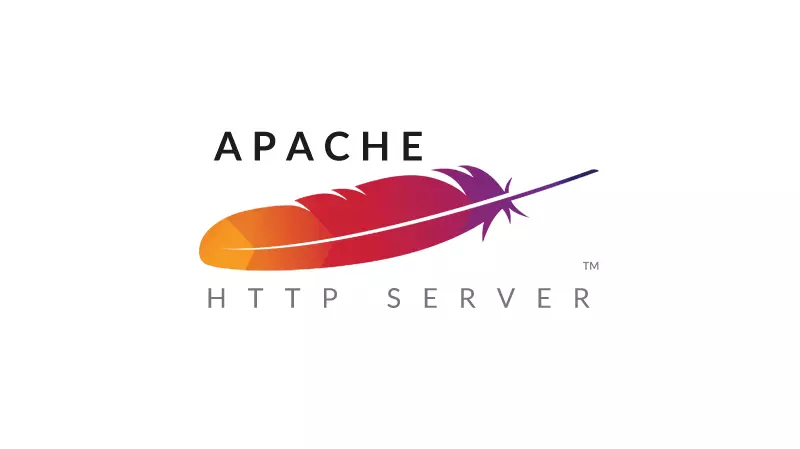Like a lot of open-source enthusiasts out there in the world I am a self-hosting geek as well enjoying building out apps and running them in my own private environment and sometimes I want to expose certain services and applications to the internet. How do we go about doing that? Well like I mentioned in a previous article of mine almost all and I mean almost ALL websites and services are exposed to the internet globally with open-source web server technologies like Nginx, Apache, and Traefik just to name a few. Today I am listing 6 top open-source web server and reverse proxy software that can run the smallest website or scale for very large websites and applications.
1. Nginx
Number one on our list is a no-brainer! Everyone probably within the open-source world or tech world globally knows or heard about Nginx before. Nginx is a free and open-source web server that can be configured as an application load balancer, HTTP caching server, web application firewall, mail proxy, API gateway, Kubernetes Ingress Controller, or service mesh and reverse proxy. Nginx roughly powers more than 400 million websites and applications in the world and is known for its reliability, security improvements, and scalability as the largest websites and applications around the world use Nginx in some form. A few examples of companies using Nginx are Adobe, Mozilla, Netflix, Airbnb, Cloudflare, SoundCloud, Github, Wix, Hulu, Dropbox, and many many more. To top it off Nginx has a large open-source community for support. Nginx is a number one choice for any company or individual looking to host their applications and services.

2. Traefik
Like all Opensource Geeks that like to host some of their services and applications in their own private network, we have come across Traefik in more than one open-source community. What is Traefik though? Traefik is a leading open-source reverse proxy and load balancer that enables simple deployment of microservices and applications. It was built with the Go programming language and has functions such as integrating with your existing infrastructure components like Docker and Kubernetes it can configure itself automatically and dynamically. Designed to be simple to operate with the capability of handling large complex deployments across a wide range of environments and protocols in public, private, and hybrid clouds. Many open-source enthusiasts and companies are adopting Traefik for its robust features and simplicity.

3. Caddy
Caddy is an enterprise-ready open-source web server with automatic HTTPS and was built with the Go programming language and offers feater memory safety. What makes Caddy great and different is that it runs great in containers as it has no dependencies such as libc and can run practically anywhere! Caddy takes care of your TLS certificate renewals automatically, static file serving, Kubernetes ingress, reverse proxying, and more.

4. Apache HTTP Web Server
About a decade ago Apache HTTP Server was the front runner when it comes to hosting a website whether it was a large website or someone looking to host a simple static page or web application then Apache HTTP was the way to go. Apache HTTP Server is a free and open-source cross-platform web server software built and maintained by a large community of software engineers and is still in use today by many organizations. Nginx dethroned Apache Web Server as the most used web server or reverse proxy but is still utilized by many individuals and organizations. Apache has more than 50 official modules to be used if users require more customizable features.

5. Apache Tomcat
Apache Tomcat is an open-source implementation of the Java Servlet, JavaServer Pages, Java Expression Language, and Java WebSocket technologies for Java applications. It powers plenty of large mission-critical web applications in many industries and organizations. It comes with a configuration and admin panel that assists with setup and configuration.

6. Open Litespeed Web Server
Recently during my Opensource Discovery journey, I came across a new web server on the block called OpenLitespeed Web Server. It is a high-performance open-source lightweight web server focused on security, scalability, speed, optimization, and simplicity. Open Litespeed has a built-in web GUI admin panel and drives an event-driven architecture for large scalability. It has anti-DDoS features and bandwidth throttling to ensure speed and security for your web applications.

Conclusion
In conclusion, I am a huge Nginx fanboy, and is definitely a number choice as mentioned above. I am looking to play around and experiment more with reverse proxies such as Traefik and Caddy. If you enjoyed this article consider signing up for our newsletter and don't forget to share it with people that would find it useful. Leave a comment below with a tutorial you would like us to cover.

